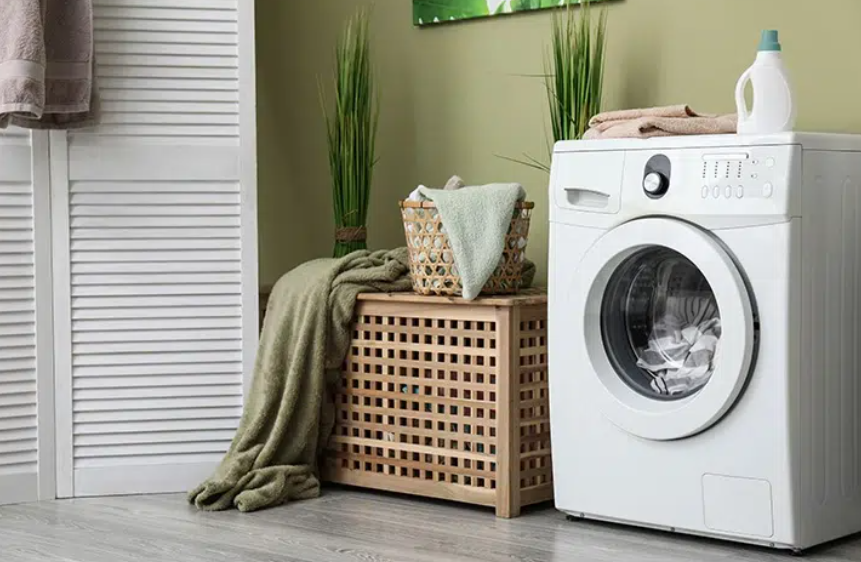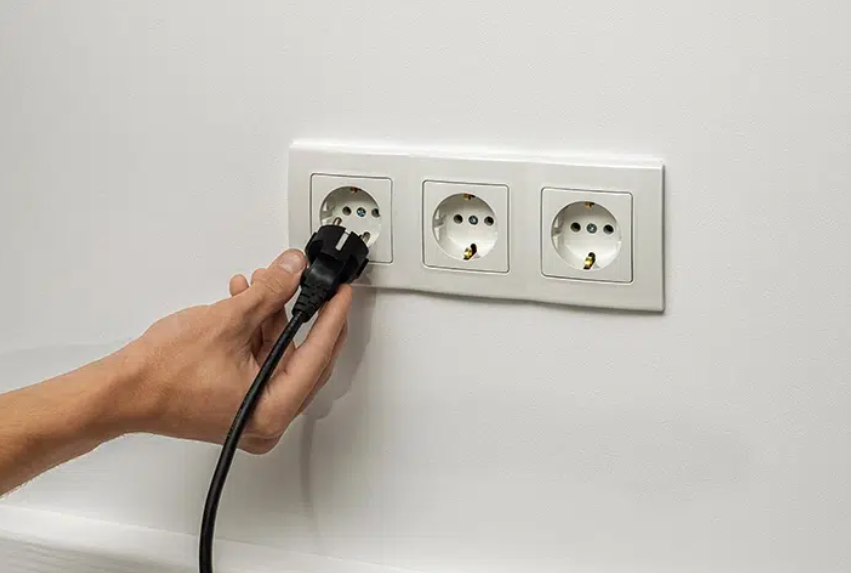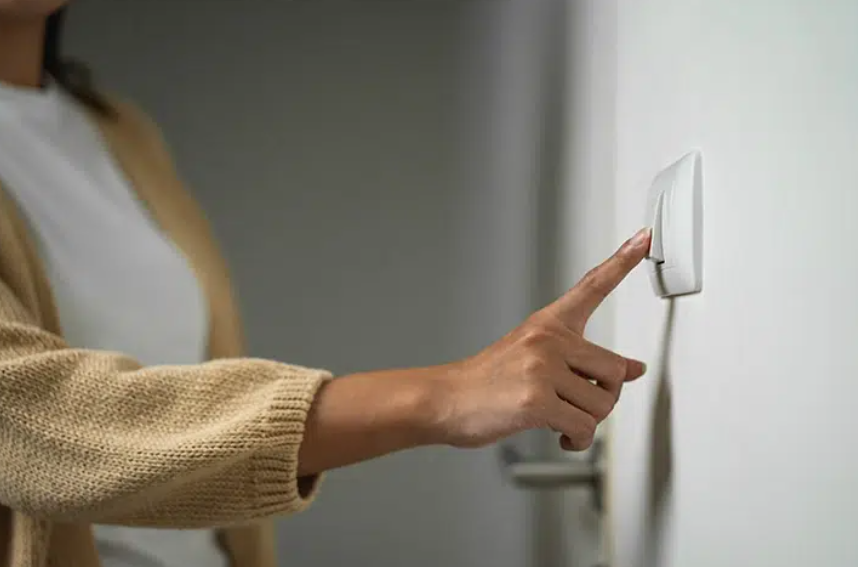As the cold winter months set in and temperatures drop, many of us feel the urge to keep our homes warm and cosy. But this need can often be accompanied by rising energy costs that put a strain on our household budgets. As energy prices continue to rise and concerns about our environmental footprint grow, more and more people are looking for ways to save energy without sacrificing comfort.
Energy efficiency in the home is not just about saving money. It’s about using our resources wisely, minimizing energy consumption and helping to protect the environment. There are many daily habits and changes that can have an impact on our energy bills.
In this article, we’ll explore some of these effective energy-saving tips that can help you save money during the colder months. From using your washing machine carefully to switching off unused lights, we’ll look at practical advice that is easy to implement and can make a real difference to your household.
Prepare to be both eco-friendly and budget-friendly this winter, while keeping your home warm and welcoming.
Use your washing machine more sensibly

The washing machine is one of the household appliances that consume considerable amounts of energy when used regularly. But with a few simple adjustments, you can reduce the energy consumption of your washing machine and extend the life of your clothes at the same time.
Tips for energy-efficient use of your washing machine:
Wash full loads: Avoid using the washing machine for just a few items of clothing. Wait until you have a full load to save water and energy.
Use low temperatures: About 90% of the energy used by a washing machine is used to heat the water. Therefore, wash at 30°C or 40°C if possible.
Use the eco-program: Many modern washing machines offer an eco or energy-saving program. This program is specially designed to save water and energy.
Regular maintenance: Clean the rubber seals and the sieve regularly to ensure that the machine works efficiently.
Use the spin function: By spinning the laundry at a higher speed, more water is removed, which reduces the drying time and therefore the energy consumption of the dryer.
By following these tips, you can use your washing machine more efficiently, save energy and help protect the environment.
Use solar-powered devices
The sun is an incredibly powerful source of energy, and thanks to modern technology, we can now use this energy more than ever to meet our daily energy needs. Solar-powered appliances are not only environmentally friendly but can also help to significantly reduce monthly energy costs.
Solar panels, once only found on rooftops, are now integrated into many household products. From calculators to garden lights and chargers – the possibilities for using solar energy in our daily lives are many and varied.
Advantages of solar-powered devices:
Cost savings: After the initial investment, the running costs of operating solar-powered appliances are usually minimal.
Environmental friendliness: Reducing the carbon footprint and reducing dependence on fossil fuels.
Versatility: Solar-powered devices are often portable and can be used in places without access to the power grid.
Less maintenance: They usually require less maintenance than traditional electrical appliances.
If you’re thinking of saving energy during the cold winter months, consider investing in solar-powered appliances. Not only do they offer significant energy savings, but they also contribute to a more sustainable planet.
Pull the plug out of the socket

Many of us have the habit of leaving our electronic devices plugged in all the time, even when they are not in use. What many do not know: These devices often continue to consume energy even in standby mode. This so-called “idle consumption” may seem minimal at first glance, but over time and across several devices it can add up to a considerable amount of energy consumption.
Examples of energy consumption in standby mode:
TV: An average LCD TV consumes around 0.5 to 1 watts in standby mode. This adds up to up to 9 kWh per year.
Desktop computer: A computer in standby mode can consume between 1 and 5 watts, which corresponds to an annual consumption of up to 44 kWh.
Fully automatic coffee machine: Many models consume between 1 and 2 watts in standby mode, which can result in an annual consumption of 8.5 to 17 kWh.
Microwave: With its digital display, a microwave can consume up to 3 watts in standby mode, which corresponds to an annual consumption of 26 kWh.
The figures vary, of course, depending on the model and manufacturer, but clearly show that “silent” appliances can consume significant amounts of energy over the course of a year. By unplugging or using a power strip that can be switched off, you can minimize this hidden energy consumption and reduce your energy bill and carbon footprint.
Switch off unused lights

Lighting plays an important role in our living spaces. It not only provides brightness but also atmosphere and cosiness. But as much as we appreciate the warm glow of a lamp, we must not forget that every burning light also consumes energy. Switching off lights in rooms that are not in use is a simple but effective way of reducing energy consumption and extending the life of light bulbs.
In many households, lights are often left on for hours in unused rooms out of habit or convenience. This is not only wasteful but also costly. Here are a few facts to illustrate this:
- Energy-saving light bulbs: An average 11-watt energy-saving light bulb that burns one hour less per day can save around 4 kWh per year.
- LED lamps: An 8-watt LED that burns one hour less per day saves around 3 kWh per year.
- Halogen lamps: A 40-watt halogen lamp that is switched off for one hour a day can save up to 14.6 kWh a year.
Assuming that five lamps are switched on for one hour less per day in an average household, this results in annual energy savings of up to 70 kWh. This is not only a financial saving, but also a reduction in CO2 emissions.
Switching off the light when it is not needed is a simple habit that you can get into. It’s worth it, both for your wallet and for our environment. A small step with a big impact!
Simple steps to an energy-efficient home
At a time of rising energy costs and growing environmental awareness, it is more important than ever to save energy in the home. By making simple behavioural changes and conscious choices, we can significantly reduce energy consumption without compromising our lifestyle.
Using your washing machine carefully, choosing solar-powered appliances and consciously switching off lights and electrical appliances can lead to remarkable savings. The “idle consumption” of many appliances adds up unnoticed, and unused light wastes energy and shortens the life of bulbs.
It is these small actions that add up over days, weeks and months and can make a significant difference to energy bills. What’s more, each of us is helping to reduce our carbon footprint and protect our planet for future generations.
In summary, by acting consciously and implementing simple energy-saving tips, we can significantly reduce energy consumption in our households. It is up to us to make the difference!
Final checklist for energy-efficient living in winter:
Use the washing machine:
- Wash full loads
- Use low temperatures (30°C to 40°C)
- Use the Eco program
- Carry out regular maintenance
- Use the spin function to reduce the drying time
Consider solar-powered devices:
- Cost and energy-efficient
- Environmentally friendly
- Versatile and portable
- Less maintenance than traditional devices
Pull the plug:
- Avoid idle consumption by disconnecting electronic devices
- Use power strips that can be switched off
Switch off the lights:
- Switch off unused lights to save energy and light bulbs
With these simple steps, you can save energy, reduce your energy bill and make a positive contribution to the environment at the same time. Every little step counts!













